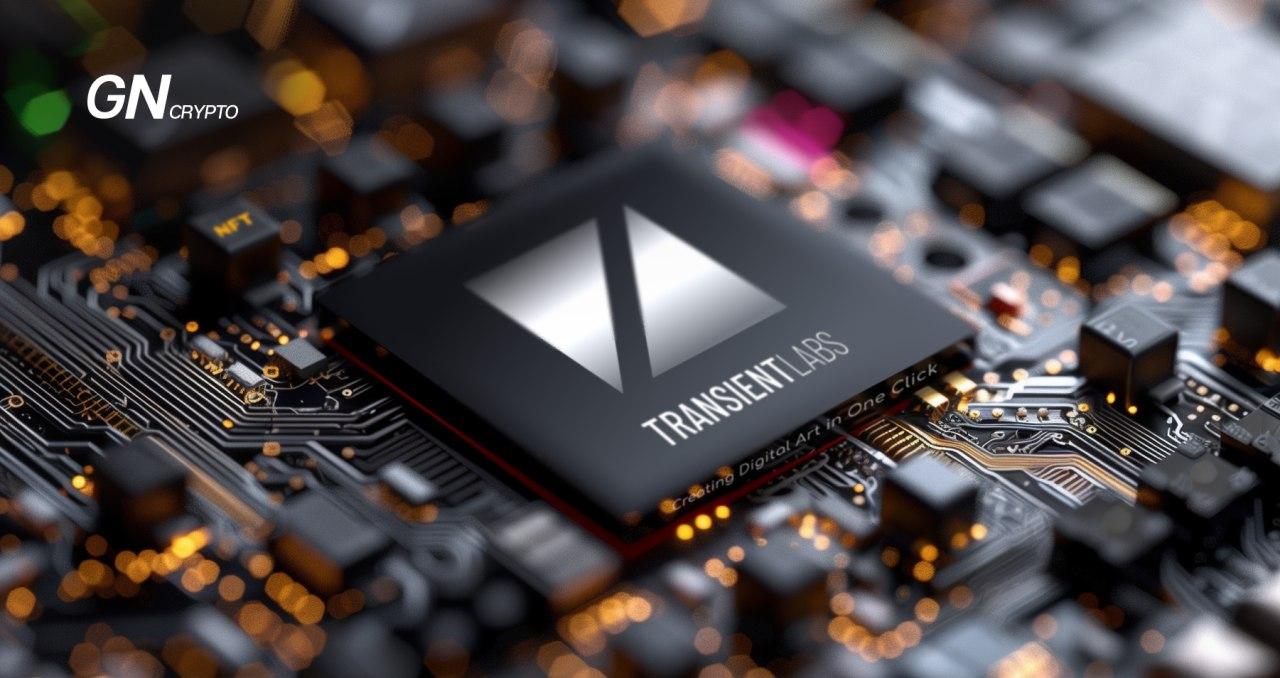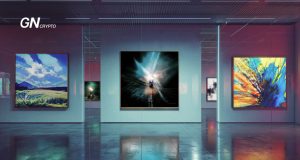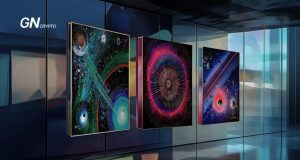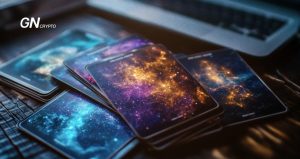Transient Labs: One-Click Digital Art Creation

Transient Labs, a US-based company, provides tools for building NFT projects without the need for programming skills.
On this page
Transient Labs offers a variety of customizable open-source smart contracts with full ownership rights for issuing single NFTs, large digital collections, custom tokens, and a range of unique features. These solutions are available through a closed beta on a special platform called The Lab.
Before its official release, each smart contract undergoes rigorous checks and tests, including at least 10,000 trial runs. At present, The Lab operates on three blockchains: Ethereum, Base, and Arbitrum, along with their test environments (Sepolia). Token indexing on marketplaces occurs automatically, but manual configuration is required for closed sites like SuperRare or Foundation.
Every user who registers on the platform must provide a name (which can be fictitious), a public nickname (optional), and an email address. The system then automatically generates an Identicon—a generative abstract image in a square grid with a specific palette based on the user's name. These simple steps grant full access to The Lab’s control panel.
Synergy
Synergy is a technology that prevents the author from changing the NFT’s metadata (image, description, etc.) without the direct consent of the collector. The collector’s decision always takes precedence. If there’s no response, the request remains pending until a new proposal is made, and in the case of refusal, everything stays unchanged. However, this mechanism works only on certain smart contracts, requires notifying the NFT owner, and incurs additional gas fees beyond the standard costs for editing metadata.
How Synergy Works.
Story Inscriptions
Story Inscriptions is a decentralized protocol by Transient Labs for smart contracts, allowing text messages or images to be added to any NFT in addition to the standard metadata. These inscriptions are stored on the blockchain, making them immutable after transaction confirmation. The drawback is the lack of support for displaying these stories on popular marketplaces (OpenSea, Blur, etc.). More details about Story Inscriptions can be found in our dedicated article.
ERC-721TL
ERC-721TL is an enhanced version of the classic smart contract (ERC-721) with detailed settings, increased economic efficiency, and Transient Labs features for creating unique NFTs (1/1). The metadata for these tokens is stored using the decentralized peer-to-peer network InterPlanetary File System (IPFS).
Smart Contract Enhancements:
- Batch minting (minting multiple tokens for the price of one);
- Mass airdrop;
- Burn function;
- Artist royalties fixed on the blockchain (note: fixed ≠ collected)
Given some marketplaces’ negative stance towards such royalties, a blacklist—CORI Compliant BlockList—is available to restrict trading of such NFTs on those platforms.
ERC-721TL Functionality.
Additionally, ERC-721TL supports all extra features (Story Inscriptions and Synergy), which can be disabled if desired, as well as dynamic art (which changes based on external conditions). This standard suits most users, and it’s important to note that all the aforementioned features are easily configurable on The Lab’s control panel.
ERC-1155TL
ERC-1155TL is an enhanced variant of the ERC-1155 smart contract, designed to mint unlimited NFTs and multiple instances of a single token. This makes it a favorite among game developers and certain artists. It supports nearly all the functionalities of ERC-721TL, such as batch minting, burning, royalties, and more. The only limitation is the current inability to implement Synergy technology for this standard.
Shatter Contract
Shatter Contract (yet to be launched on the platform) is a smart contract that grants collectors the ability to fragment their NFT into a preset number of new NFTs. This capability is unlocked after a certain time post-minting, based on the collection creator's decision. The original NFT is subsequently burned.
How Shatter Contract Works.
ПTokens that emerge from this process follow the ERC-721TL standard and use roughly 50% less gas compared to regular minting. If users gather all the fragmented tokens, they can recombine them, but they cannot be shattered again. Artists Bryan Brinkman and Rich Caldwell have used this mechanic to launch their Traffic Jams series through the Shatter Contract.
ERC-7160TL
ERC-7160TL is a dynamic smart contract designed so each NFT holds its own set of metadata but shows only the version selected by the owner. Each token serves as a mini-collection of artworks that can be toggled exclusively by the collector. This smart contract supports all Transient Labs improvements and functionalities, except Synergy.
How ERC-7160TL Works.
The format of such a smart contract is primarily geared toward creators who wish to periodically reward their audience by distributing special perks without launching new digital collections. For instance, a musician releasing songs as NFTs can enhance the token with remixes or alternative versions, maintaining the original work's value.
Doppelgänger
Doppelgänger (yet to be available on the platform) is a counterpart to ERC-7160TL with one main structural difference: instead of individual metadata arrays per NFT, it uses a unified metadata set to which all tokens connect. In musical terms, Doppelgänger acts like an album that can have new tracks added over time, with listeners (collectors) able to choose specific songs.
How Doppelgänger Works.
Collector's Choice
Collector's Choice (currently unavailable on the platform) is a dynamic smart contract that replicates the Doppelgänger structure but with one key change: the author must define a time frame in which token holders can choose their favorite piece from the metadata set. Once this period ends, the final selection is locked, and no further modifications are allowed.
Stacks
Stacks provides a comprehensive toolkit for developing personalized NFT minting pages (ERC-721TL, ERC-1155TL) without any fees for sellers. It facilitates both private and public sales with adjustable settings and distinctive minting features:
1. Velocity: cuts down the auction timer following each sale;
2. Marathon: increases the auction timer.
Nonetheless, the prices are quite high: rolling out this solution on the Ethereum mainnet will cost 0.02 ETH ($60). Comparatively, deploying Stacks on the L2 blockchain Arbitrum will only cost 0.00006 ETH ($0.2).
Example of a Stacks page. Source: Transient Labs official website.
Additionally, the minting pages can be customized with detailed descriptions, extra sections, FAQs, and links to the project's social media. Buyers should note a minimum fee of 0.0009 ETH (around $3) per mint. For NFTs minted in auction mode, the fee is relative (2.5%).
TRACE
TRACE is a system of smart contracts on the L2 Arbitrum blockchain, designed for art authentication. When a physical collectible is bought, a digital certificate of authenticity (dCOA) in NFT format is provided, and the item includes a special encrypted chip. This chip has its own Ethereum address and can sign messages. Interaction is facilitated through NFC technology.
How TRACE Works.
Within TRACE's framework, the creator's smart contract grants the authority to add details about the artwork (including provenance, past sales, public exhibitions, etc.) through Story Inscriptions. Authors also control a registry of agents—typically auction houses or galleries—authorized to update information and verify the certificate's authenticity.
LaunchPad
LaunchPad is an auxiliary platform that operates alongside The Lab. It allows users to search for NFTs (by keywords or direct links) and interact with them (for instance, by writing Story Inscriptions or selecting the desired image for display if using ERC-7160TL). It's essentially a multifunctional explorer for Transient Labs smart contracts, with developers constantly working to enhance it and synchronize updates with other initiatives.
Final Takeaway
Transient Labs provides a variety of tools for NFT creation, significantly lowering the entry barrier for those who wish to launch digital collections without programming skills, yet with a wide range of customization options. The team refers to their project as a comprehensive ecosystem and is enthusiastic about collaborating with creators to realize even the most ambitious ideas that surpass existing market offerings.
The content on The Coinomist is for informational purposes only and should not be interpreted as financial advice. While we strive to provide accurate and up-to-date information, we do not guarantee the accuracy, completeness, or reliability of any content. Neither we accept liability for any errors or omissions in the information provided or for any financial losses incurred as a result of relying on this information. Actions based on this content are at your own risk. Always do your own research and consult a professional. See our Terms, Privacy Policy, and Disclaimers for more details.
































